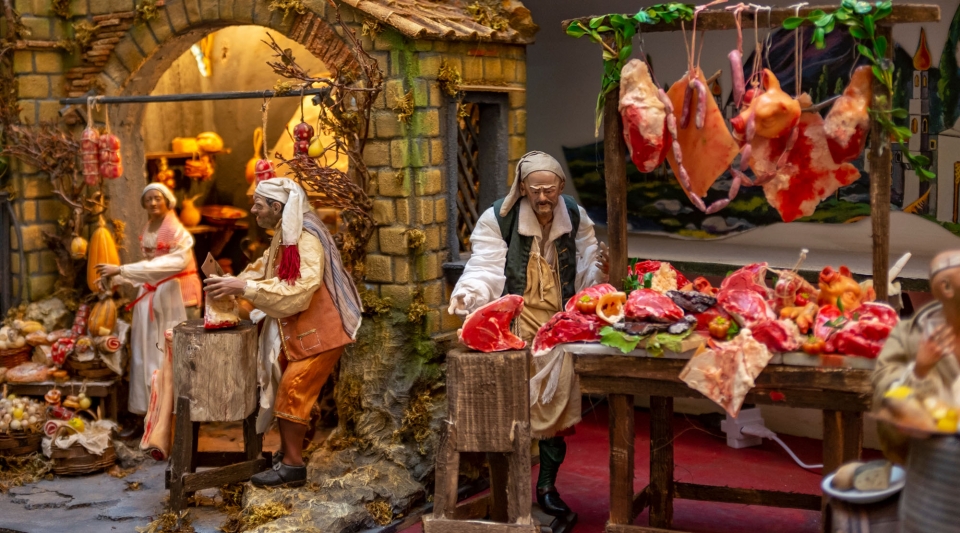
There are few things as magical as weaving through the narrow streets and corridors of Venice. After crossing countless canals and coming upon the unassuming facade of the iconic, Teatro La Fenice.
Founded in 1792, Teatro La Fenice is historically remembered as one of the favourite places for composers to debut their work. Composers as varied as Rossini, Verdi, and Stravinsky have debuted some of their most famous compositions for the wealthy, knowledgeable Venetian audience at La Fenice.
Some of the characteristics of the opera house include a main hall which seats 1,000, and an orchestra made up of 98 elements. The theatre produces over a hundred operatic performances a year and has collaborated with conductors of the calibre of Riccardo Chailly, Myung-Whun Chung, and Jeffrey Tate.
The history of the theatre is an important one that goes all the way back to the early 18th century. The original opera house, called the San Benedetto Theatre, burnt down in 1774, and, as a result, in 1789, a competition was announced for the construction of a new theatre. The requirements included fantastic sightlines, and even better acoustics. The hall was to capture the essence of Italian life, taking inspiration from the idea of a piazza, with the audience leaning over the balcony to watch the scene below. Another unique characteristic of the house was the inclusion of the loggias, these are private spaces for the public to lounge, chat and eat. This style was vastly different from the tradition of French theatres at the time, which favoured lengthened stalls and open areas.
Gallery
The exterior of the theatre was to be equally as impressive, with two main entrances, the aristocratic entrance was accessible only by water with arrival by gondola, the main form of transit at the time. It’s no wonder the Venetian gondoliers became so well-known for their singing, other than the audience, they were some of the first people to hear the arias being premiered in the theatre, and were known to immediately pick up the melodies and start serenading their passengers. The public entrance was accessible by land on the opposite side of the theatre.
In 1836, a second fire destroyed the theatre, resulting in its quick restoration. Tommaso and Giambattista Meduna were the architects in charge of reviving La Fenice. Their work heavily improved on the design of the theatre and it’s acoustics while taking into account the vanity of the public. They decided to set the pilasters that supported the balconies further back, stating, "... the projection of the parapets gives greater conspicuousness to the ladies, whose attractions bring joy to the theatre, and add to its ornaments; nor did we doubt that this effect would fail or be diminished when, less interested in the performance than in conversation, they moved from the edge and were hidden by it. For their aim is not only to see, nor do they want the pains they have taken in dressing to be rendered vain or to go unobserved."
Perhaps naming the theatre "the Phoenix" brought bad luck on La Fenice because in 1996, another fire, its third, tore through and once again destroyed the opera house. This destruction led to a very long and difficult period of faulty contracts and stalled labour. The house was eventually inaugurated again in 2004, with a production of La Traviata.
La Fenice has been host to the world’s most treasured singers, amongst them is Isabella Colbran (Rossini’s wife), Giuditta Grisi, Giuditta Pasta, Maria Malibran, Toti Dal Monte, Maria Callas, Renata Tebaldi, Giulietta Simionato, Sesto Bruscantini, Alfredo Kraus, Franco Corelli, and Luciano Pavarotti.
Useful Information
Teatro La Fenice stand mere steps from Piazza San Marco and is open every day from 9:30 - 18:00 for tours and visits. The gift shop has the same hours and features many unique and interesting gifts and books only available in Venice.
The opera season at La Fenice runs from November to October and features a large array of operas, dramas, concerts and discussions, with events scheduled almost every day of the week. Tickets range from 15 euros for "Listening Only" seats, to 300 euros for orchestra seats for opening night premieres. As with most businesses in Italy, August is the theatre’s slowest month, with very few performances offered. You can learn more about the theatre, and find out more about the season by visiting http://www.teatrolafenice.it.
Photos: Greta Gabaglio - Shutterstock






